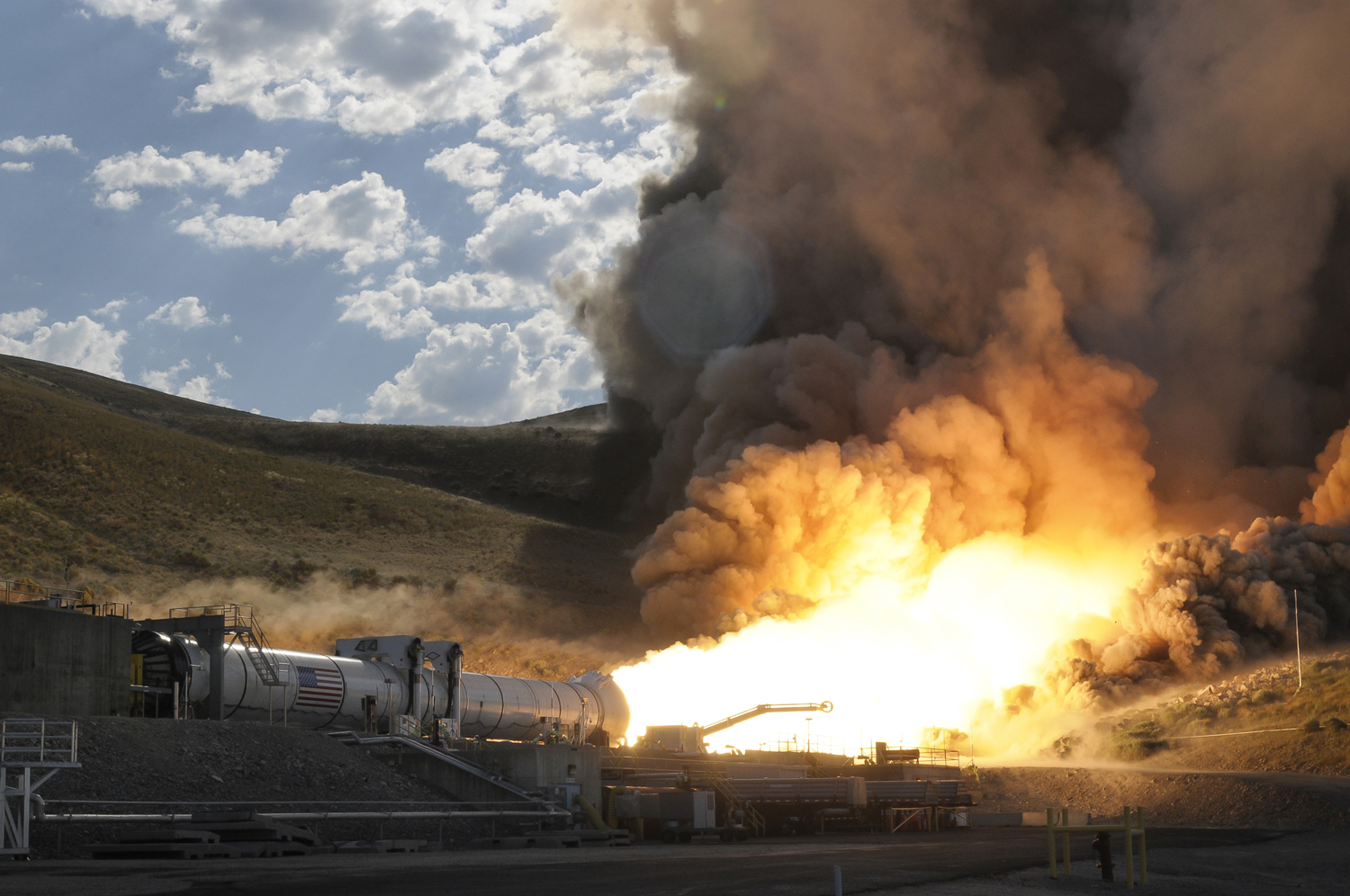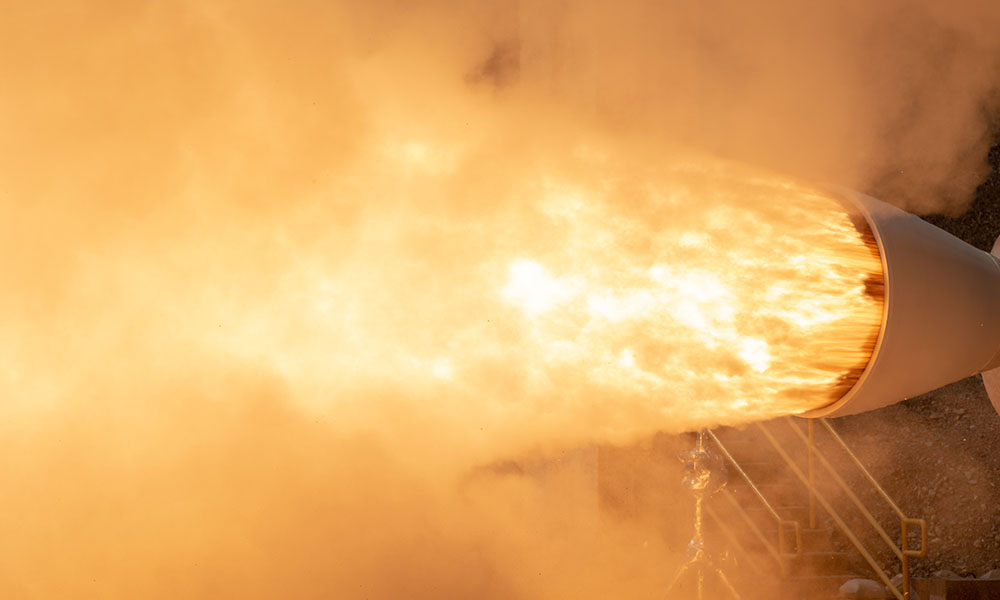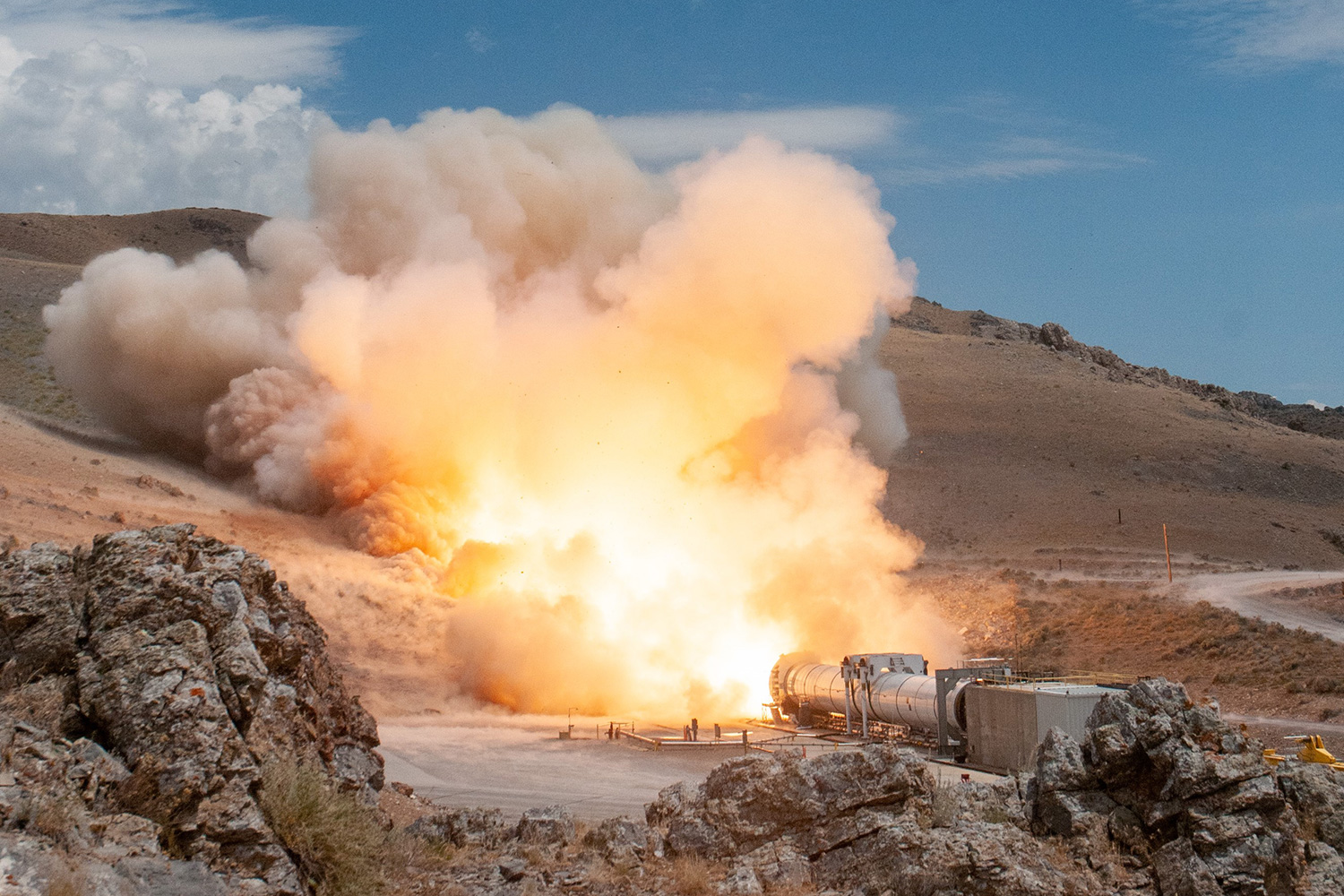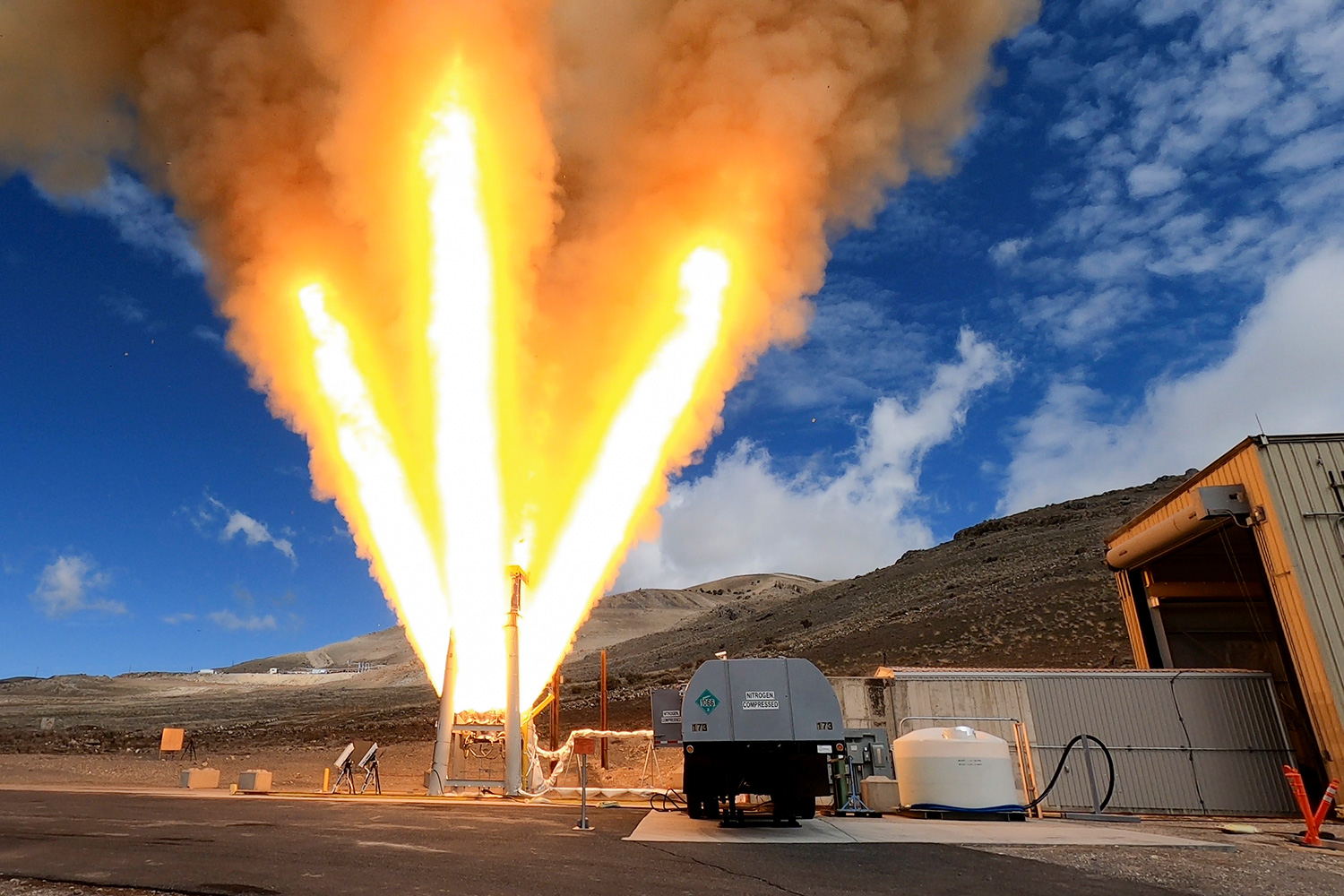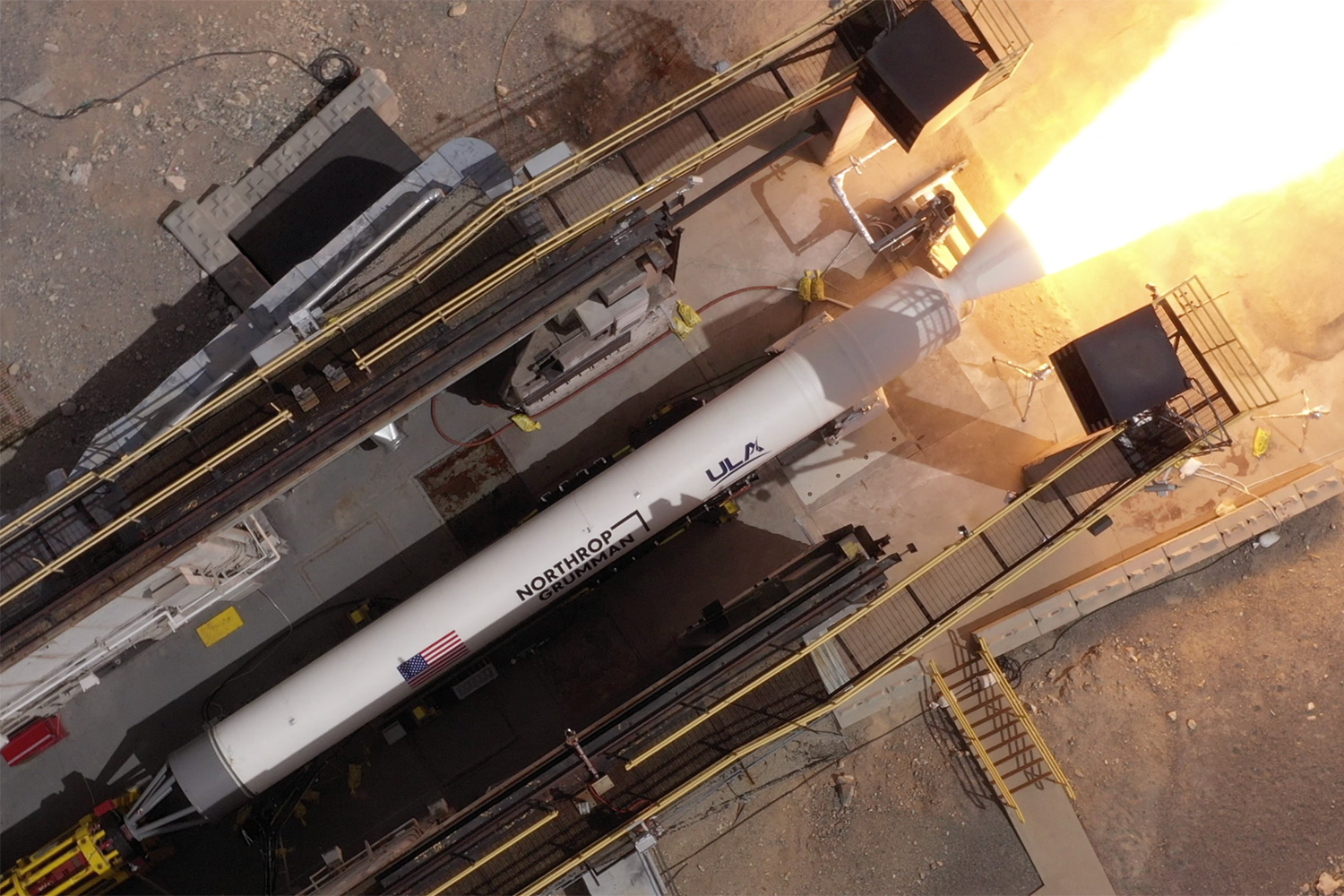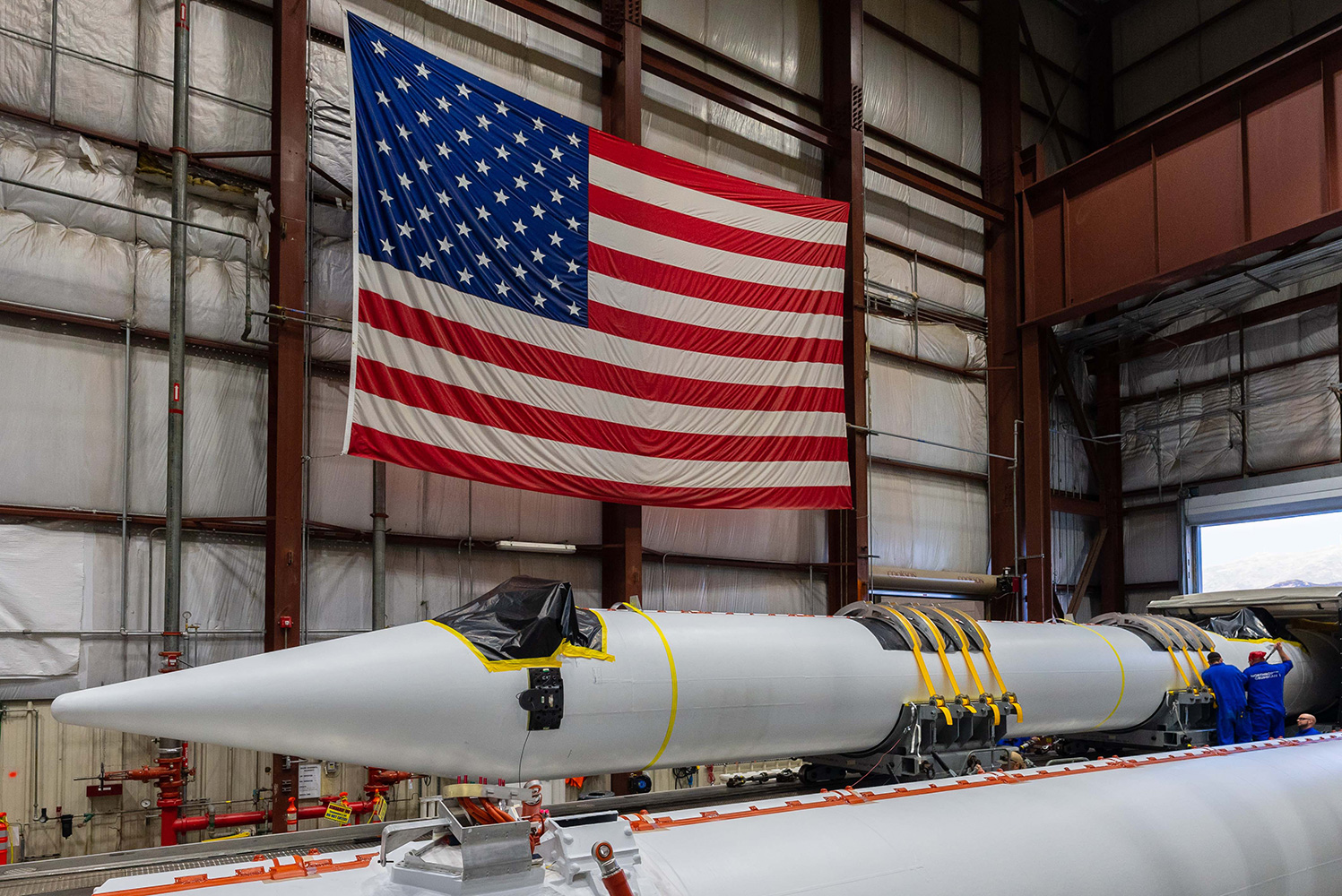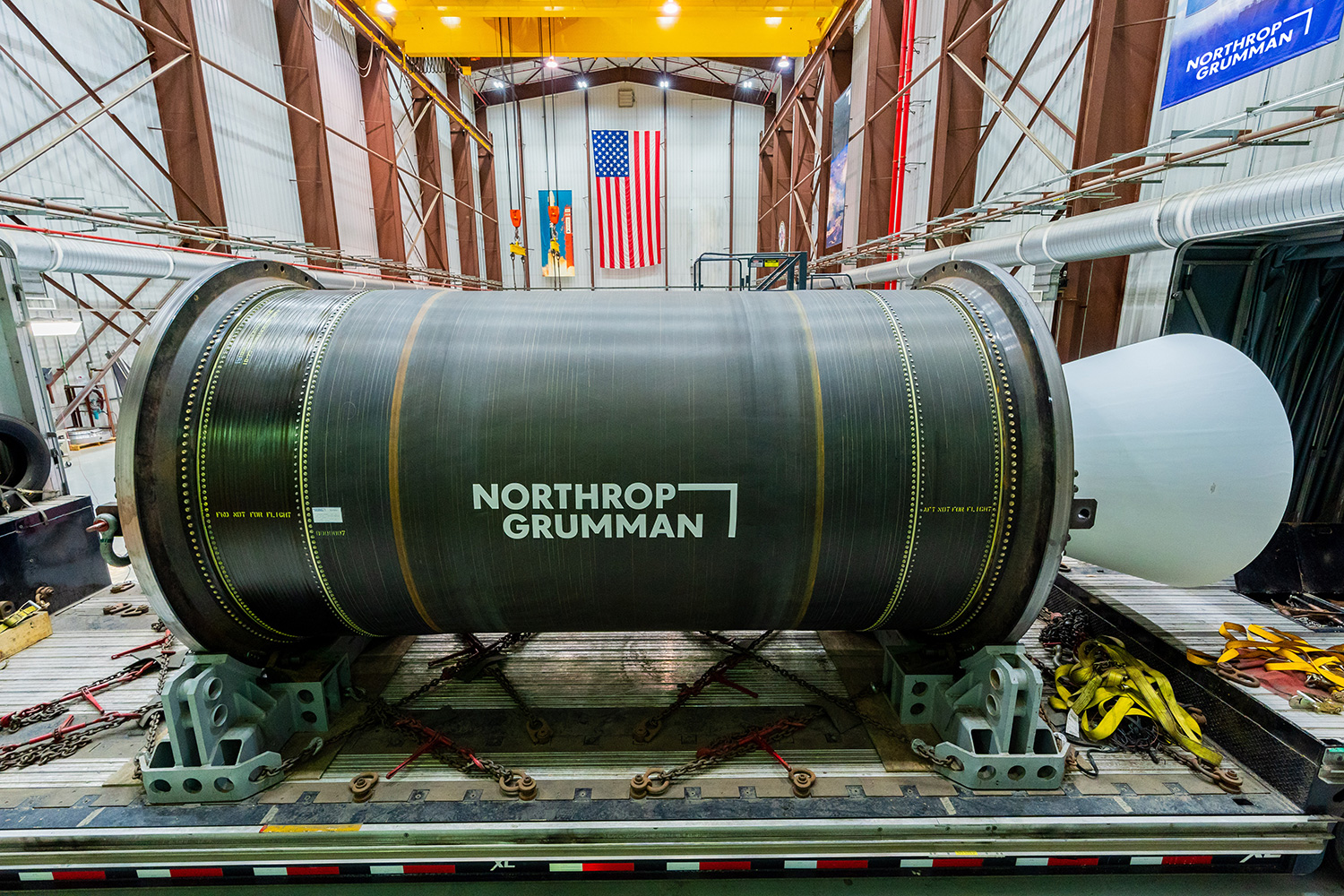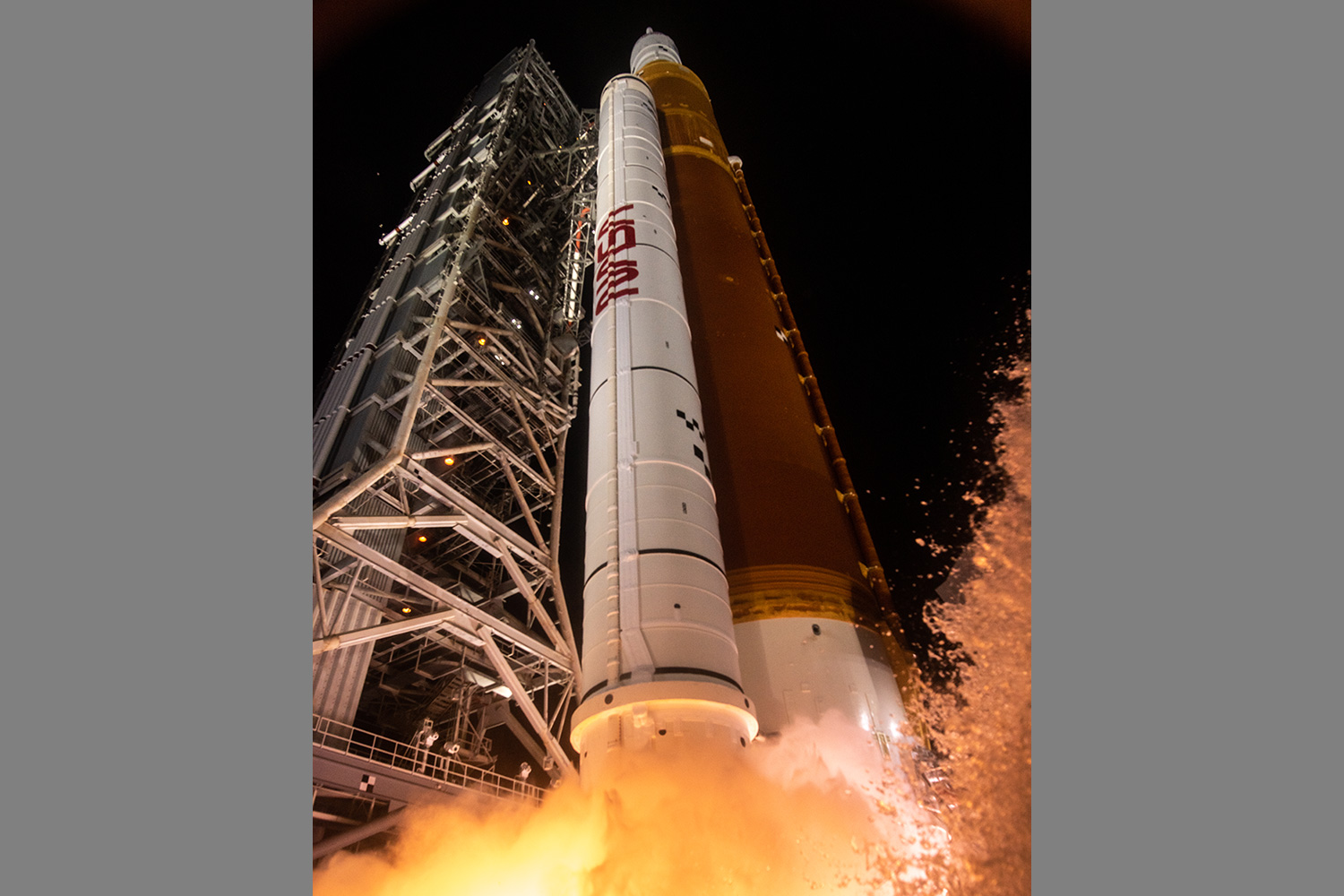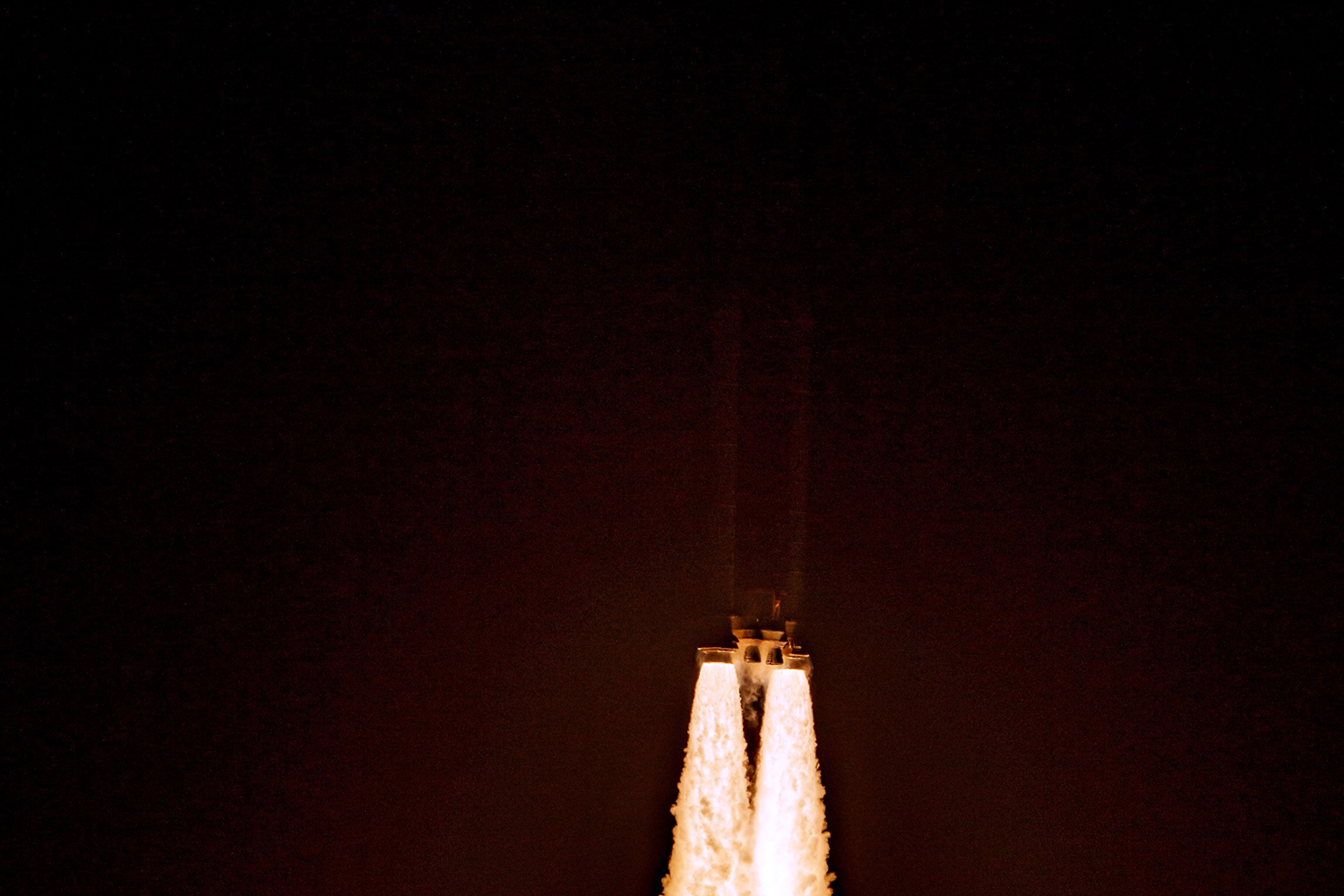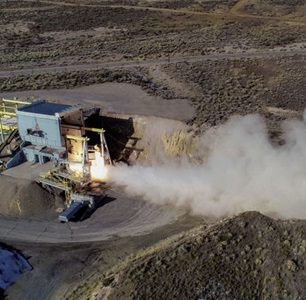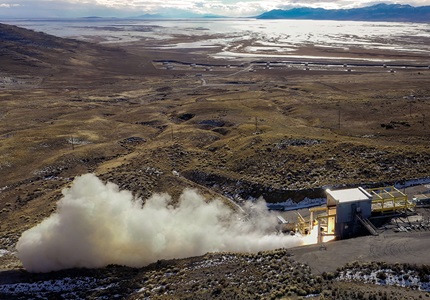Leading provider of solid rocket propulsion for civil space pursuits, contributing to the most powerful, proven propulsion system in the world.
Propulsion Systems
Building the world's largest and most advanced solid rocket motors. That's Defining Possible.
Solid Rocket Propulsion Systems and Products
Leveraging over six decades of flight-proven propulsion and using advanced technologies, Northrop Grumman is an expert and leading provider of solid rocket motors for U.S. strategic weapon systems that support national defense, the civil space industry for human spaceflight and scientific exploration, and commercial launch service providers.
For defense programs, the company produces propulsion systems for the company-built Ground-based Midcourse Defense interceptor, as well as for the Trident II D5, Minuteman III and Sentinel strategic missiles, and new hypersonic systems. In addition, Northrop Grumman propulsion systems are employed in the company’s Pegasus®, Minotaur and Antares™ rockets as well as on the United Launch Alliance Atlas V and Vulcan Centaur, and other commercial launch vehicles.
Northrop Grumman also manufactures the five-segment solid rocket boosters for NASA’s Space Launch System (SLS) rocket and the launch abort motor and attitude control motor for the Orion spacecraft.
From rockets that launch from below the sea to ground and air-launched rockets, our customers rely on our solid rocket motors to conduct their most important missions.
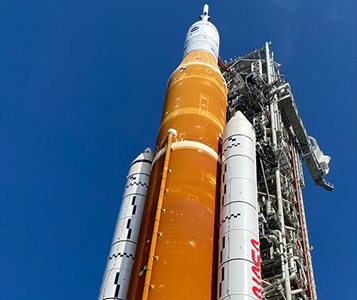
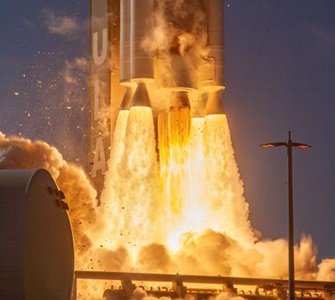
Commercial Rocket Motors
Built on flight-proven heritage and continuously improved to meet new launch vehicle and payload demands at low-cost and high-reliability.
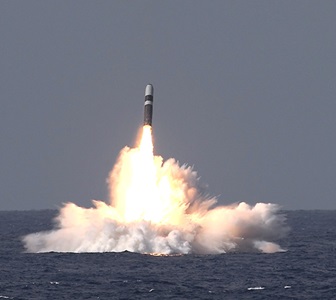
Defense Products
Northrop Grumman solid rocket propulsion is an essential asset for national security, powering the nation’s triad and new tactical missile systems.
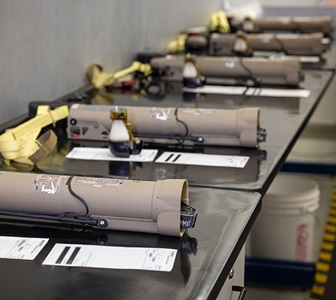
Specialty Products
Northrop Grumman specialty products leverage rocket technology to provide the Department of Defense with vital tools our warfighters need.
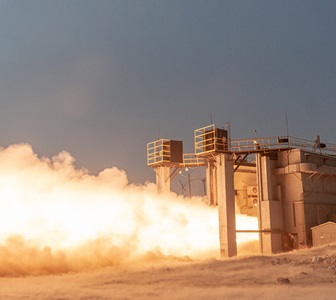
Energetic and Test Research
Test and Research Services specializes in custom testing of inert and energetic materials and components.
Strategic Propulsion Systems
Northrop Grumman has provided strategic-grade motors to the U.S. military for six decades with a history of sustained success. The company has produced solid propulsion systems for the nation’s Trident II (D5), Minuteman III and LGM-35A Sentinel missiles, Ground-based Midcourse Defense interceptor, new hypersonic systems and various missile defense target vehicles. Northrop Grumman has 100-percent propulsion success on strategic production motors.
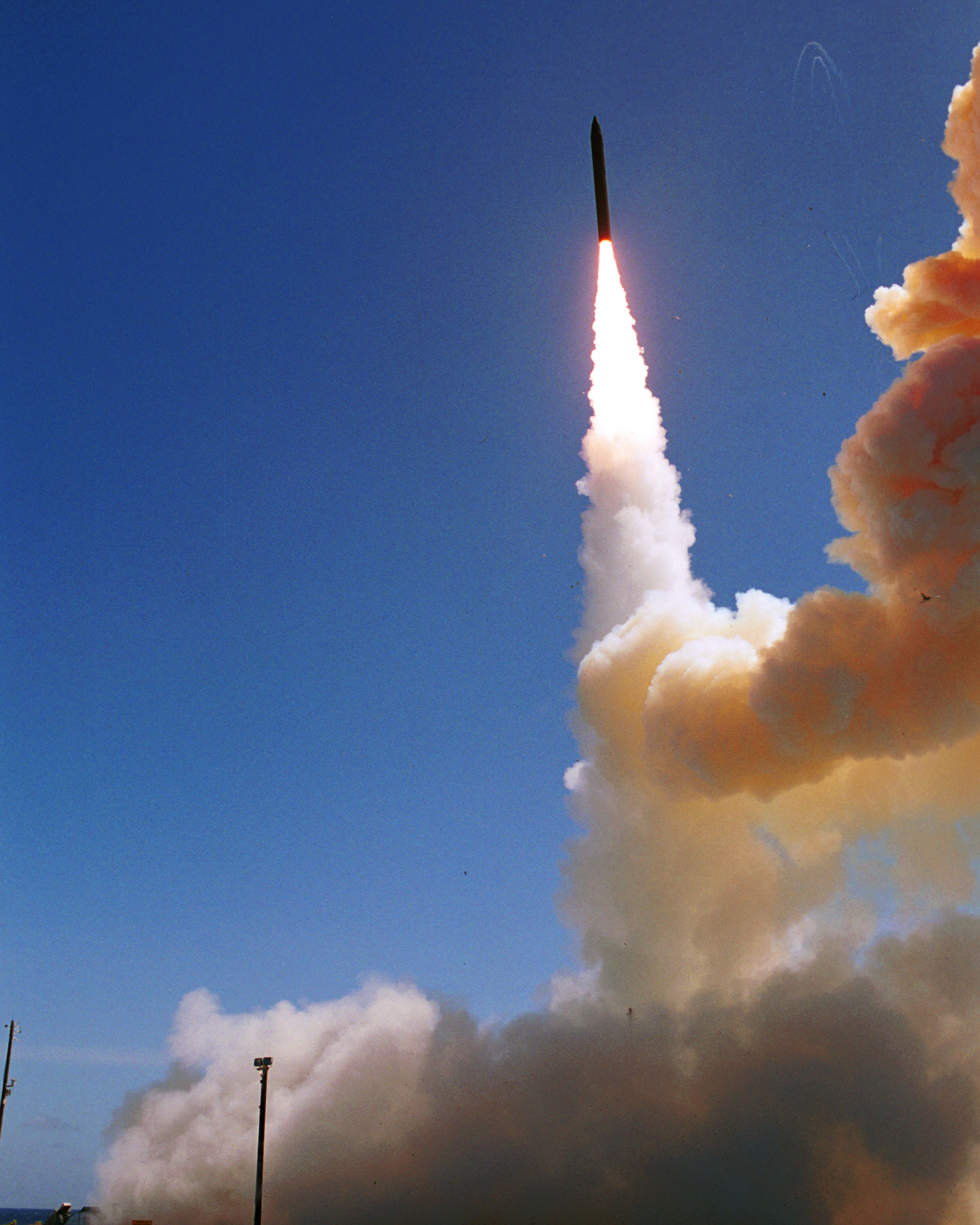
Minuteman III
Minuteman III is a silo-based intercontinental ballistic missile with three solid-propellant stages and a fourth stage liquid-propellant rocket engine. It has been the prime land-based nuclear deterrent for the United States for more than 40 years, and plans are in place to ensure the Minuteman III continues this role past the year 2030.
Northrop Grumman and its legacy companies have been a U.S. Air Force industry partner since the very beginning of intercontinental ballistic missile (ICBM) production, manufacturing solid rocket motor stages for Minuteman I, Minuteman II, Minuteman III and Peacekeeper. Northrop Grumman was responsible for refurbishment of all three Minuteman III solid-propellant stages as part of the Propulsion Replacement Program.
Northrop Grumman is the prime contractor for sustaining Minuteman III propulsion under the Propulsion Subsystem Support Contract. Northrop Grumman leads a team of original equipment manufacturers and is responsible for all solid propulsion, liquid propulsion, ordnance, flight controls and batteries.
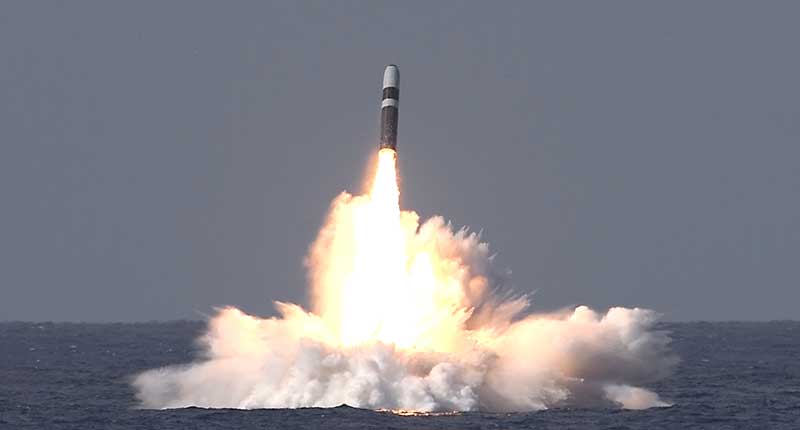
Trident II
Northrop Grumman manufactures solid propulsion boost motor systems for all three stages of the Trident II D5 missile under a contract from prime contractor Lockheed Martin Space Systems Co. Northrop Grumman has a long history of producing solid-propulsion systems for submarine-launched missiles, beginning with the Polaris missile in the 1950s.
The Trident II is a three-stage, solid propellant, inertial-guided missile system that is the primary strategic weapons program in the U.S. Navy’s Fleet Ballistic Missile system.
With a nominal range of 4,000 nautical miles, the D5 missile is launched under water from the Ohio class of nuclear-powered Trident submarines, each of which has 24 launch tubes. The Trident II was deployed in 1990 and is designed to be the primary U.S. strategic deterrent well into the 21st century.
Specialty Propulsion Products
Northrop Grumman Specialty Products leverage rocket technology to provide the Department of Defense with vital tools our warfighters need. These products include illuminating flares, aircraft countermeasures, and small warheads. These tools help our troops have the ability to see at night, avoid threats, and reduce collateral damage.
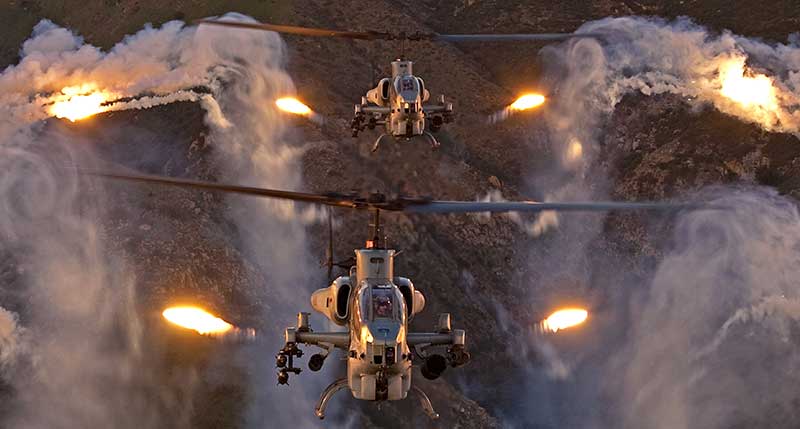
Illuminating Flares and Aircraft Countermeasures
Illuminating flares manufactured by Northrop Grumman are trusted around the world because of their excellent performance and reliability. Their advanced design makes them the product of choice for civil and military applications.
Northrop Grumman's advanced technology infrared countermeasures offer unparalleled aircraft protection. They can be readily adapted to any form factor or other customer requirement.
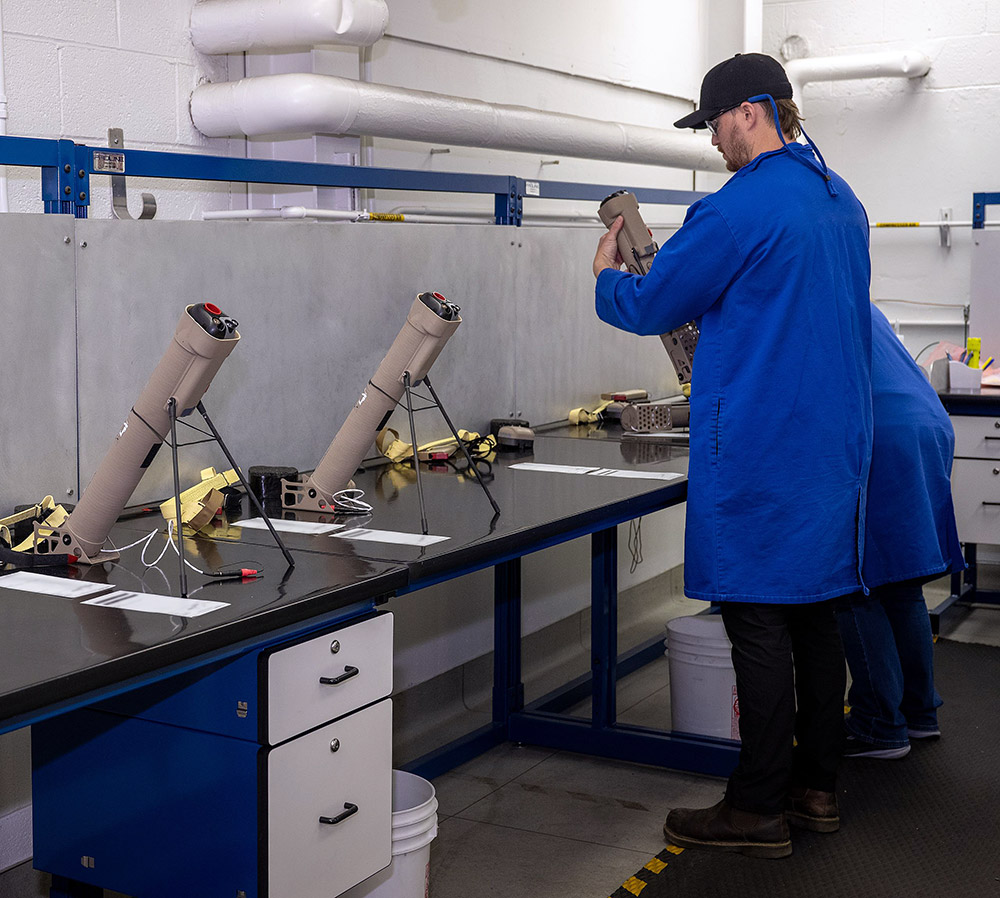
Switchblade
AeroVironment's Switchblade provides the warfighter with a lightweight, man-portable, rapidly deployable, loitering munition for use against beyond-line-of-sight (BLOS) targets.
This optically-guided, miniature tactical missile is a remotely-operated lethal platform that provides the user with real-time targeting information, to include video and GPS coordinates for information gathering and feature/object recognition. Additionally, these outputs allow the operator to exercise the system’s wave-off capability as the situation requires.
The air vehicle's small size, speed, and quiet motor make it difficult to detect, recognize, and track even at very close range. Switchblade is fully scalable and can be launched from a variety of air and ground platforms.
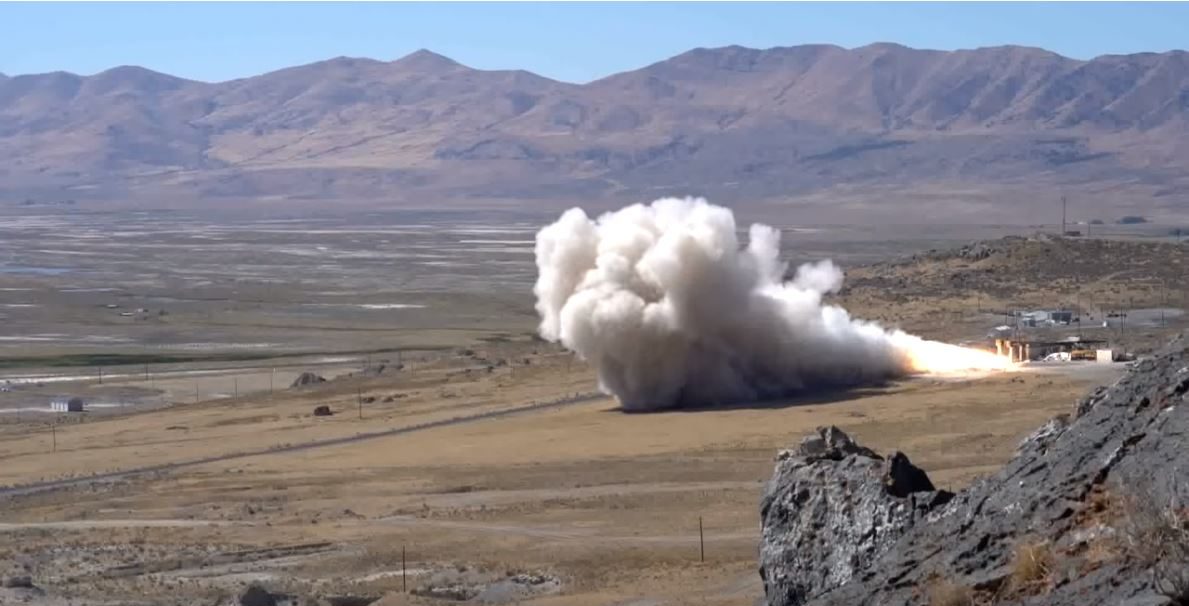
Energetics and Test Research
Northrop Grumman Test and Research Services specializes in custom testing of inert and energetic materials and components ranging from ammunition and hand grenades to the largest solid rocket motors in the world. The company’s cost structure can support small commercial tests, large complex government contracts, and everything in-between.
Facility Management and Operations
Northrop Grumman operates explosives manufacturing facilities with chemical processes and an industrial setting closely aligned to those at the Department of Energy (DOE) facilities. They have demonstrated a world-class safety and quality operating culture in extremely high-hazard environments through effective application of proven management processes and an engaged workforce. They have established a key role in DOE operations as an integral part of the Consolidated Nuclear Security organization currently managing the Y-12 and Pantex facilities. They have a demonstrated track record in operations turnarounds that have occurred as a part of corporate mergers and acquisitions, as well as in key government projects such as the Y-12/Pantex contract; operation of major Department of Defense facilities at Radford, VA; and the modernization of the Australian Mulwala Munitions Facility.
